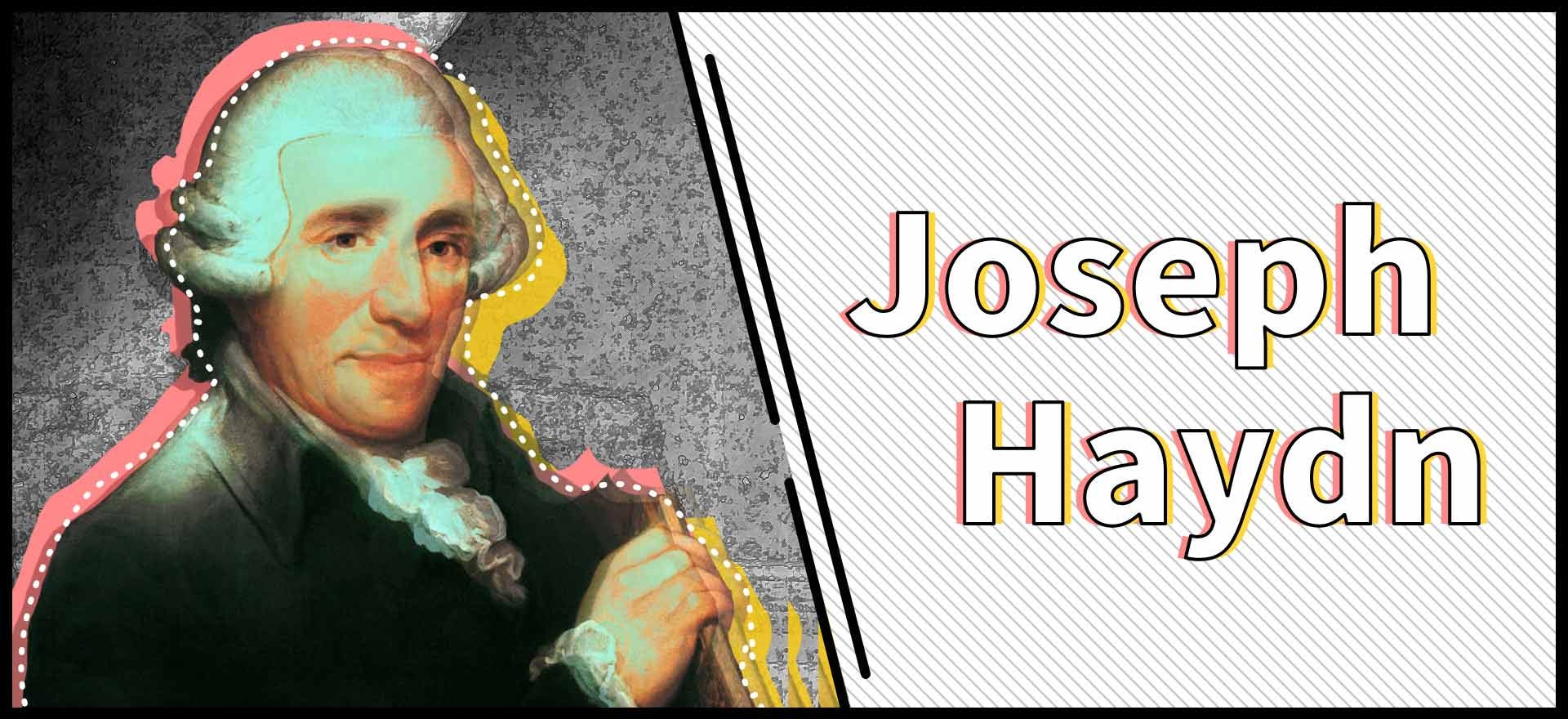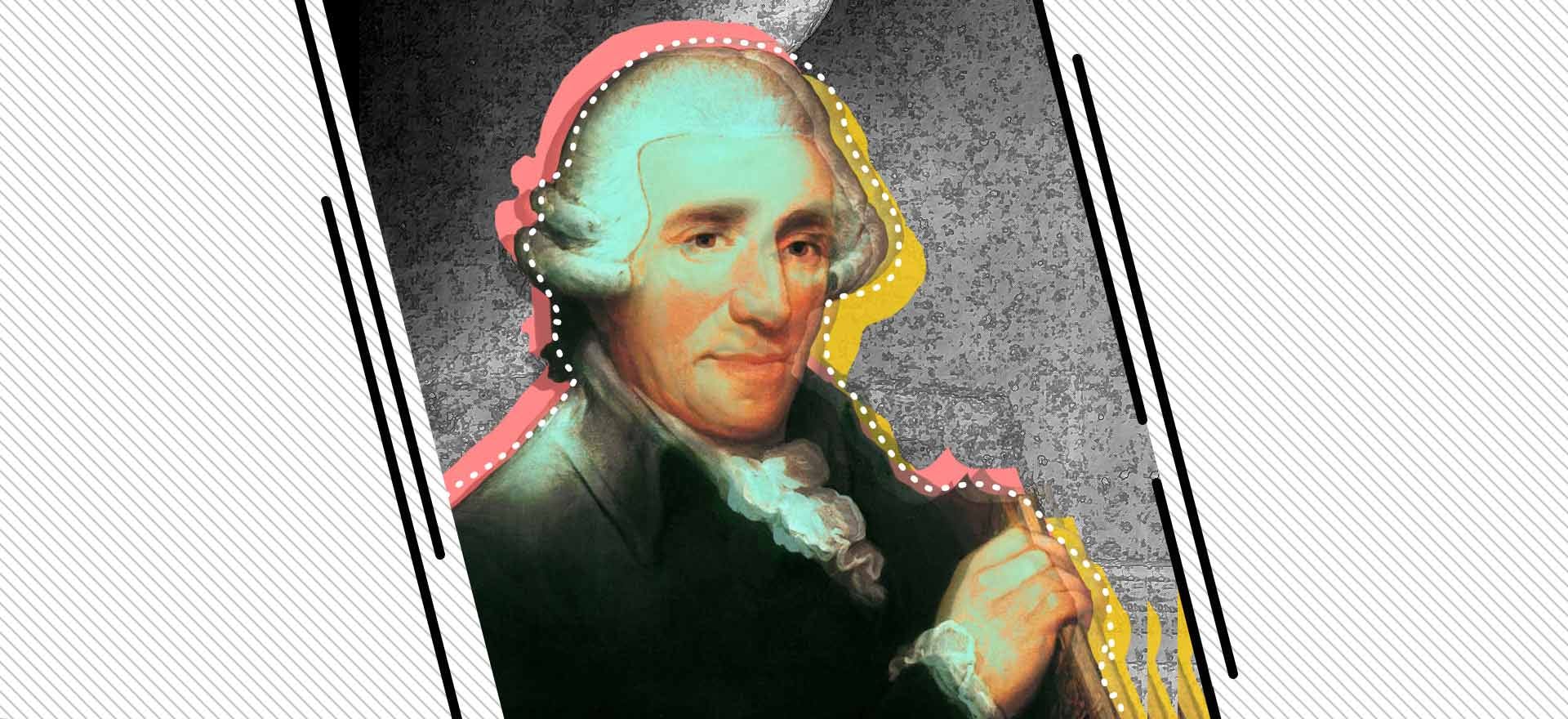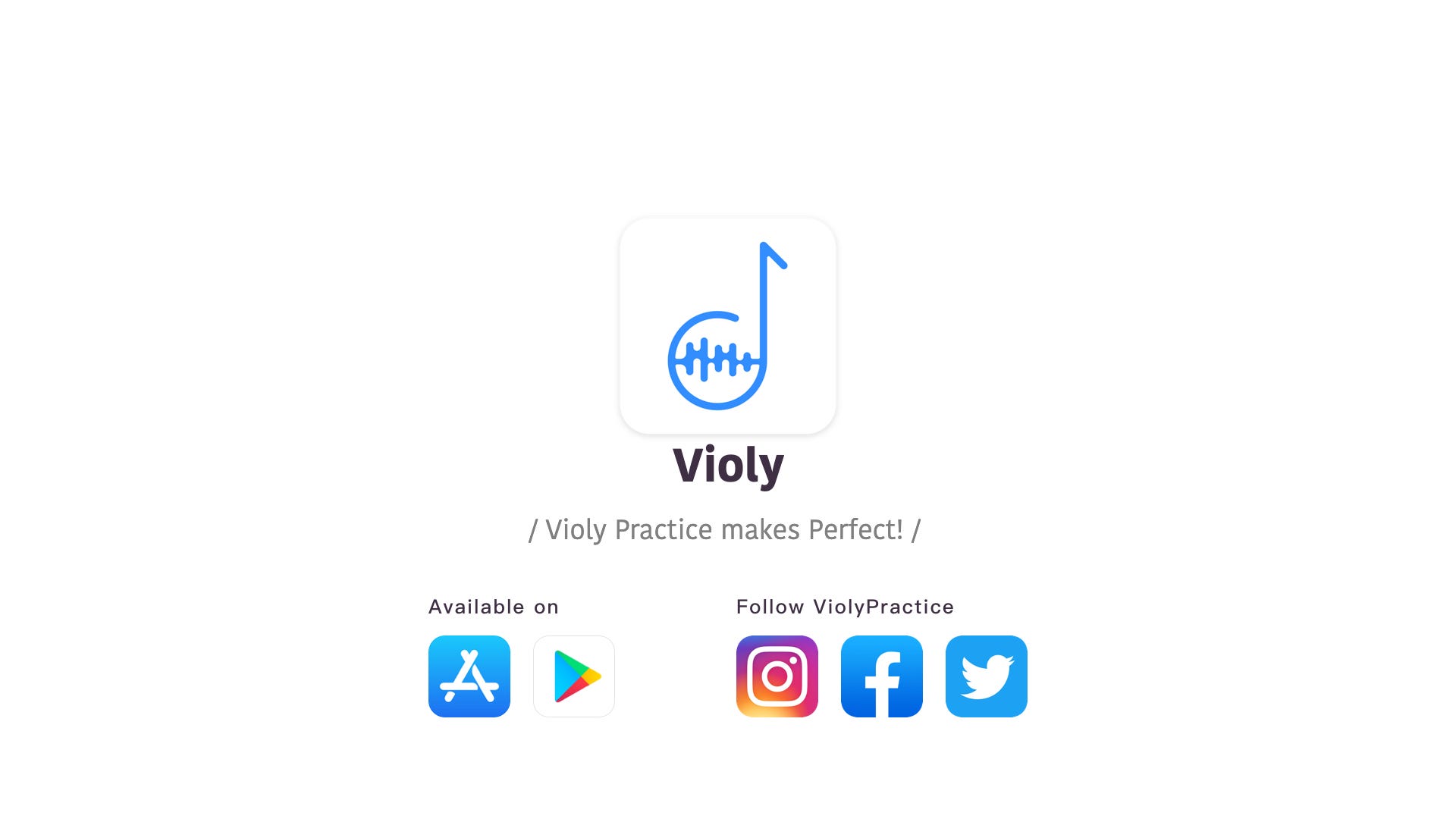Violin Album of Joseph Haydn(New Albums on Violy | The BEST Violin App)
Hello, Violy violinists. let me introduce you to the recently added “Albums” of violin repertoires on Violy — the best violin app. Without further ado, let’s check out the repertoire of Joseph Haydn, whose contributions to musical form have earned him the epithets “Father of the Symphony” and “Father of the String Quartet”.

Album (Violin) Composer: Joseph Haydn
Franz Joseph Haydn was an Austrian composer of the Classical period. He played an important role in the development of chamber music, such as the piano trio. His contribution to musical form has earned him the title of “Father of Symphony” and “Father of String Quartet”.
Haydn spent much of his career as a court musician for the wealthy Esterházy family at their remote estate. Until the later part of his life, this isolated him from other composers and trends in music so that he was, as he put it, “forced to become original”. Yet his music circulated widely, and for much of his career he was the most celebrated composer in Europe.
He was a friend and mentor of Mozart, a tutor of Beethoven, and the older brother of composer Michael Haydn. 1
Joseph Haydn’s Violin Composition
Haydn’s violin concertos are a bit of a puzzle. He composed four in all, of which the Second is lost. The First was written in 1765 for one Luigi Tomasini, an Italian violinist at the Esterháza court. The rest can’t be dated with certainty: it has been mooted that Haydn, also an accomplished violinist, may have written them for himself. The First is very retro and reminiscent of Vivaldi. The Third and Fourth are more courtly and self-consciously grand. Baroque violinist Giuliano Carmignola has been championing them for some time now. His dexterity is at its most sensational in the double-stopped allegro moderato of the First Concerto and the cadenza of the Fourth, while his ability to generate intense emotions by the sparest means leads to unforgettable things in the First’s adagio. The Orchestre des Champs-Elysées under its leader Alessandro Moccia are classy: their acerbic sound keeps the drama uppermost and prevents everything from becoming cloying. 2

Joseph Haydn’s Concerto
The Concerto in A major, Hob.VIIa:3, is often known as the ‘Melk’ Concerto, as copies of the parts were found at Melk Abbey, where oboes are listed and horn parts actually included. The wind parts are thought by some not to be authentic, as they are omitted in a second source surviving in Venice, and in any case the oboe parts would need to be reconstructed. The concerto is listed in Haydn’s catalogue between the dates 1765 and 1770, and was probably also written for Tomasini. It is marginally more demanding than the earlier work, but again makes considerable use of chains of dotted notes, double stopping, relatively high registers of the violin and ornamental figuration. The D major slow movement is followed by an extended and vigorous finale. 3
The Concerto in G major, Hob.VIIa:4, is not included in Haydn’s own catalogue but is listed in the 1769 Breitkopf catalogue, with the Concerto in C major. Manuscript parts survive dated 1777 with the Vienna Gesellschaft der Musikfreunde and in the Breitkopf archive. As with the other concertos, there is no autograph manuscript surviving. 3
The G major Concerto is rather less demanding than the other two and may well be earlier than either of them. The solo part makes relatively modest demands on the violinist and the high registers explored in the other concertos are avoided. Baroque chains of dotted notes still have their part, while double stopping is limited. The slow movement aria is in C major, and the last movement, as before, allows the soloist to enter with the main theme, first heard from the orchestra which returns to it to end the whole work. 3
Violy Album Contents:
There are totally 7 pieces of music in the self-titled Album of Johann Sebastian Bach on Violy, including:
- Andante from “Surprise Symphony” | Andante = 76
- Concerto №1 in C Major, I | Allegro moderato = 73 (Accompaniment available)
- Concerto №2 in G Major, I | Allegro moderato = 64
- From Symphony №100 (Military) | Allegro = 108 (Accompaniment available)
- Serenade | Andante cantabile = 76
- Theme from “Surprise Symphony” | Andante = 76 (2 violin parts)
- Toy Symphony | Allegro = 120 (2 violin parts)
The Symphony №94 in G major (H. 1/94) is the second of the twelve London symphonies written by Joseph Haydn. It is popularly known as the Surprise Symphony.
Haydn’s music contains many jokes, and the Surprise Symphony includes probably the most famous of all: a sudden fortissimo chord at the end of the otherwise piano opening theme in the variation-form second movement. The music then returns to its original quiet dynamic as if nothing has happened, and the ensuing variations do not repeat the joke. In German, the work is referred to as the Symphony mit dem Paukenschlag, or, with the kettledrum stroke. 4)
Ref:
[1] https://en.wikipedia.org/wiki/Joseph_Haydn#cite_note-5
[2] https://www.theguardian.com/music/2012/feb/09/haydn-violin-carmignola-mocca-review
[4] https://en.wikipedia.org/wiki/Symphony_No._94_(Haydn)
In this series of article, we will introduce you the music pieces of
Joseph Haydn,
Wolfgang Amadeus Mozart,
Ludwig van Beethoven,
Felix Mendelssohn,
Pyotr Ilyich Tchaikovsky,
and finally, Dmitri Shostakovich.
Stay tuned, Violy musicians, let’s bring the music fashion of violin back~
Have a HAPPY practice!!
#ViolyPractice makes Perfect!!
Follow us on: Violy.app
Feel free to contact us at Support@Violy.app
